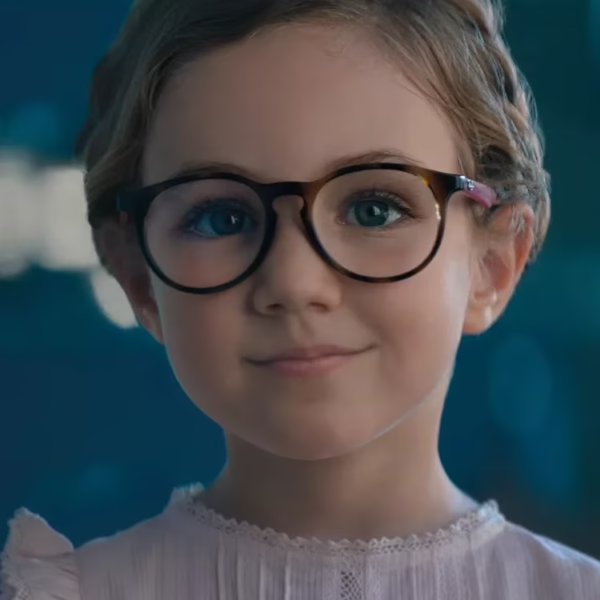Myopia, or short-sightedness, is a condition that causes an inability to focus on objects that are far away. In the classroom, uncorrected short-sightedness will cause difficulties in seeing the board clearly and therefore has major consequences on children’s level of education and quality of life.
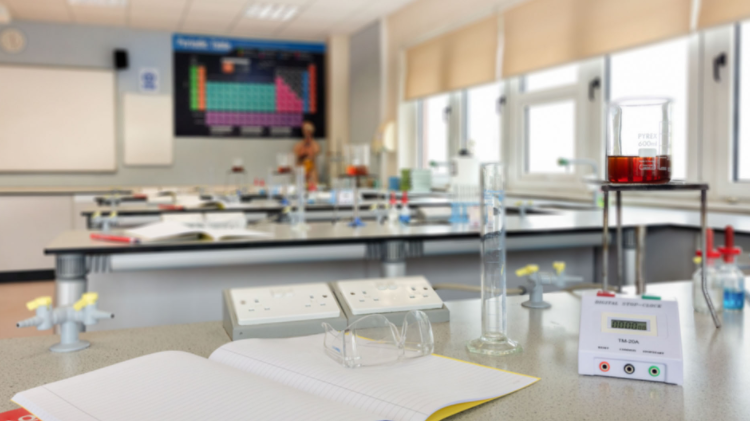
It is estimated that short-sightedness affects approximately 30% of the world’s population with a recent study finding that 50% of university students are myopic (Logan et al., 2005). Children with a family history of myopia are most at risk of developing high myopia, with a generational effect having been found where children are likely to be around -2.00D more myopic than their parents by the age of 18 (Liang et al., 2013).
As well as the obvious effects of thicker spectacle lenses and more blurred vision when no refractive correction is worn, this increase in prevalence and severity of myopia is of concern, as higher levels of myopia are correlated with an increased risk of glaucoma, retinal detachment and myopic macula degeneration (Shah, 2019).
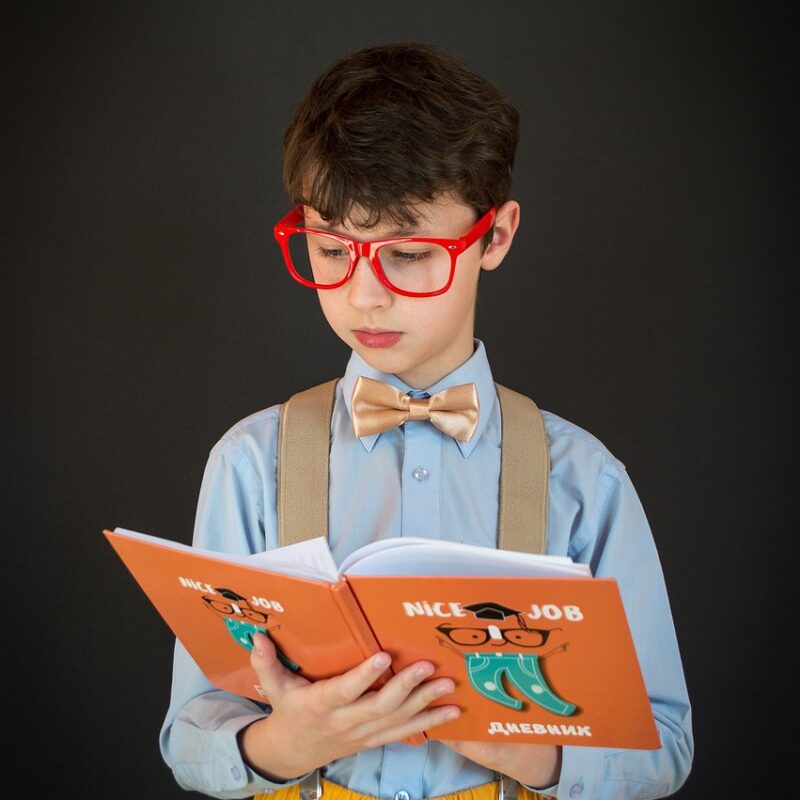
How is short-sightedness corrected?
Traditionally short-sightedness has been corrected either with spectacles or contact lenses. However it is well documented that in these situations myopia continues to progress at an average rate of -0.55D per year for European populations and -0.82D for Asian populations (Donovan et al., 2012)
Historically there have been attempts to stop short sightedness getting worse using vision therapy, under-correcting the refractive error (prescribing weaker glasses) and utilising monovision or over-correction methods. However these have been shown to be ineffective at best (Angi et al, 1996, Logan & Wolffsohn, 2020) and in some cases make myopia worse (Adler & Millodot, 2006).
Lifestyle changes have been shown to have a beneficial effect on the progression of myopia (Huang et al, 2009). These are best summarised as;
- Ensuring all near vision tasks (reading, tablet use etc) are undertaken at a working distance > 30cms.
- Discontinuing near vision tasks at least every 30 minutes
- Making sure that school breaks are spent outdoors.
However the benefit of undertaking these changes, even in the most compliant of children, has been shown to be slight.
What can be done to stop short-sightedness getting worse?
There are three methods currently licensed within the UK market to slow down the progression of myopia in children. While none of these are able to entirely prevent the progression of myopia, each of the methods has been shown to reduce the rate of progression, on average, by 50%.
Each of the methods outlined below rely on the principle of providing vision correction for the macula (where we get our fine detailed vision from) and central retina, while leaving the image that is falling on the peripheral retina focussed in front of the retina. This peripheral myopic defocus reduces the stimulus for the eye to elongate, and it’s the elongation of the eye that creates the increase in myopia.
Ortho-keratology
This is the most established method for myopia control. It requires the patient to wear a gas-permeable (rigid) contact lens at night. This reshapes the front of the cornea so that when the lens is removed in the morning the patient has normal distance vision.
We have been fitting Eyedream contact lenses for overnight vision correction since 2016. With the recently updated lens design, Eyedream MC, we’re getting even better results for patients, with clear vision that lasts throughout the day.
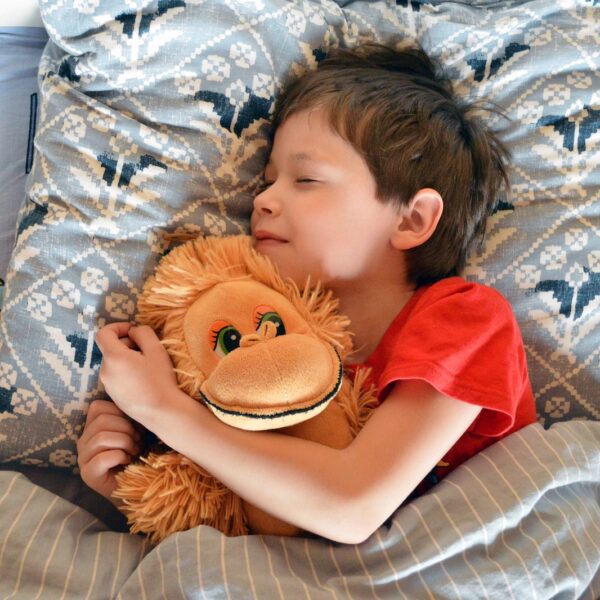
Pros
- Lens is worn overnight so the patient spends the day without needing glasses or contact lenses.
- Myopia control effect is present every day.
- No need for a pair of glasses – occasional evenings without wearing lenses won’t harm the overall effect.
Cons
- Rigid lenses take more adaptation and there’s a more involved fitting process.
- Slightly greater risk of infection with overnight contact lens wear compared to daytime wear.
MiSight Daily Contact Lenses
MiSight contact lenses are the first soft contact lenses proven to slow down the progression of myopia in children.
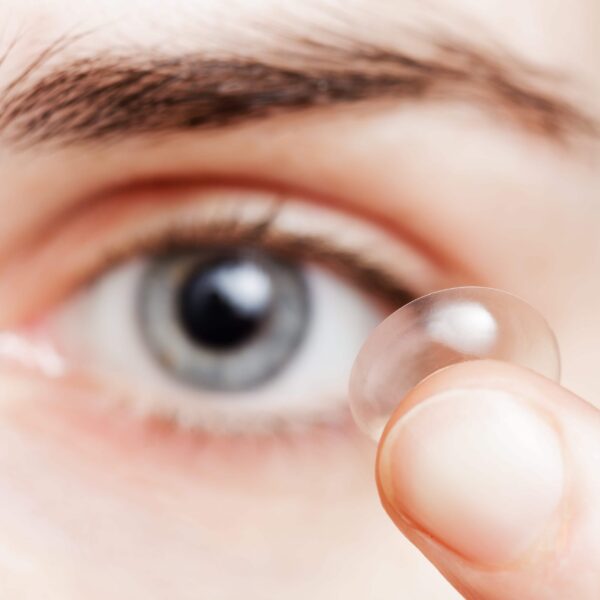
Pros
- Fresh lens for every day reduces the risk of eye infections.
- Soft contact lenses are easier for children to adapt to.
Cons
- Spare glasses required for days when lenses aren’t being worn.
- Myopia control effect only present when lens is being worn – however this could be supplemented with Stellest spectacle lenses as below.
- Can only correct myopia up to -10.00D and no correction for astigmatism available.
Stellest Spectacle Lenses
Myopia control is now available in spectacle lenses utilising special lens designs such as Stellest spectacle lenses from Essilor.
They are an ideal solution for myopic children. Made from a tough and lightweight polycarbonate material, the lenses also feature an anti-reflective coating for clearer and more comfortable vision when using computer screens and tablets.
Further information
Please feel free to ask any member of our practice staff for further information at your next visit.

